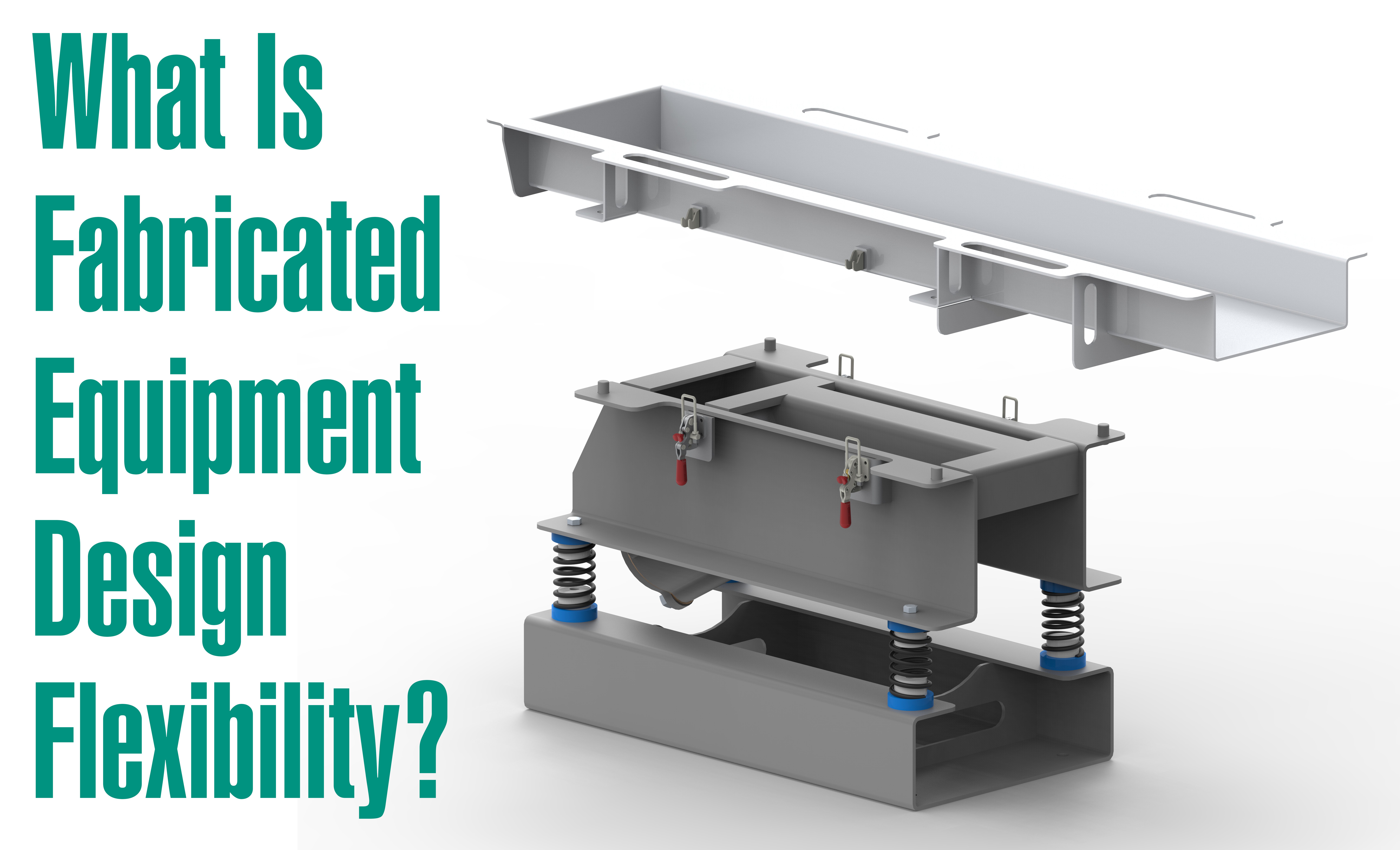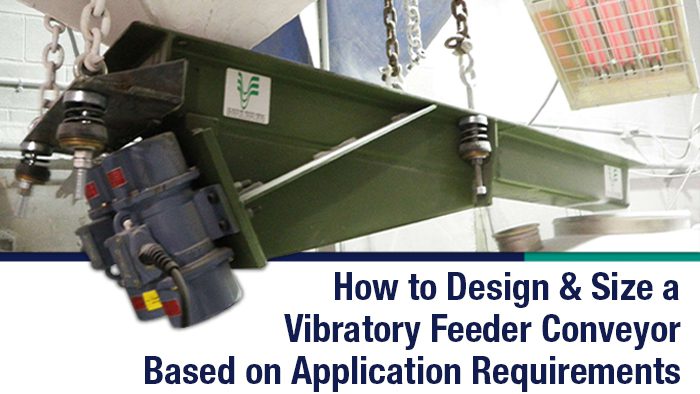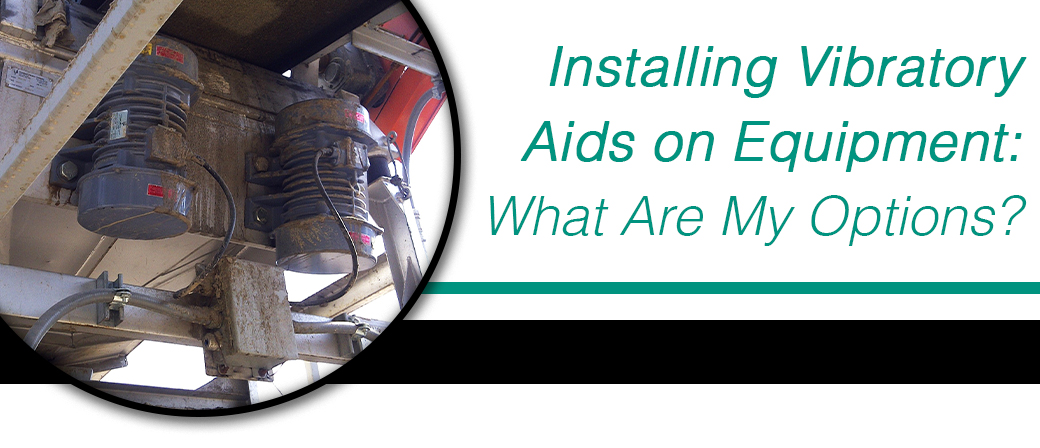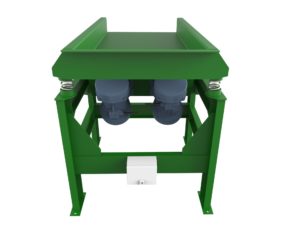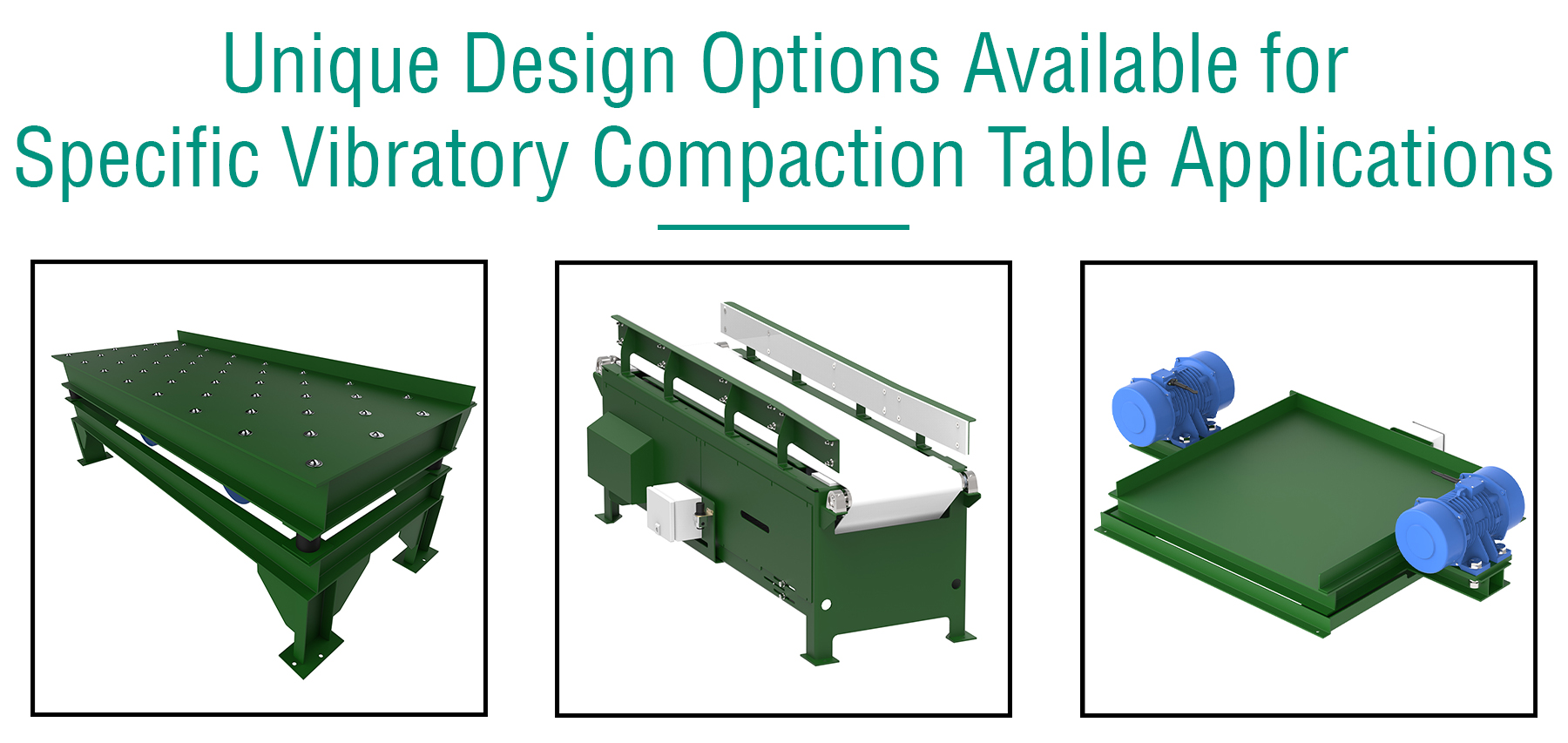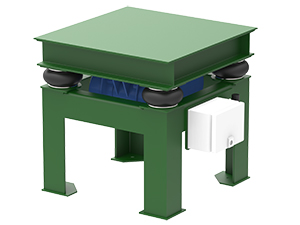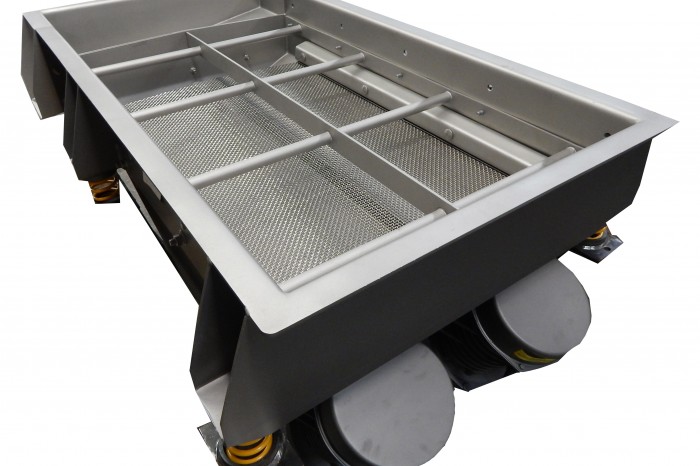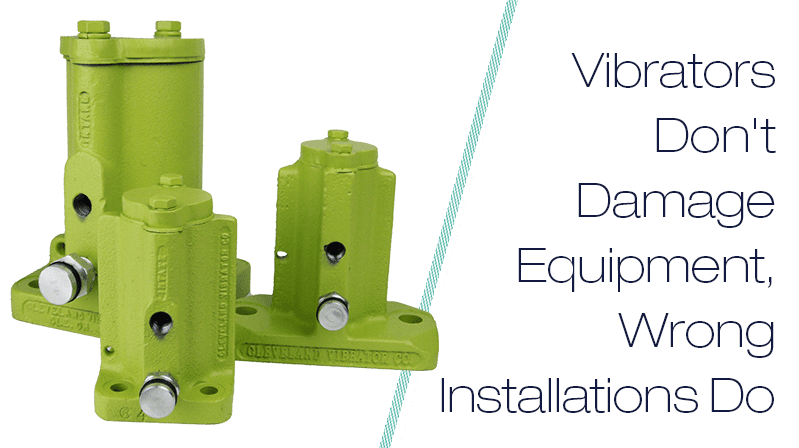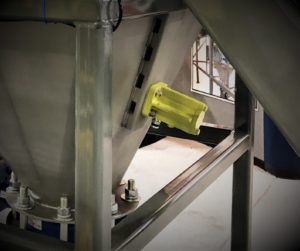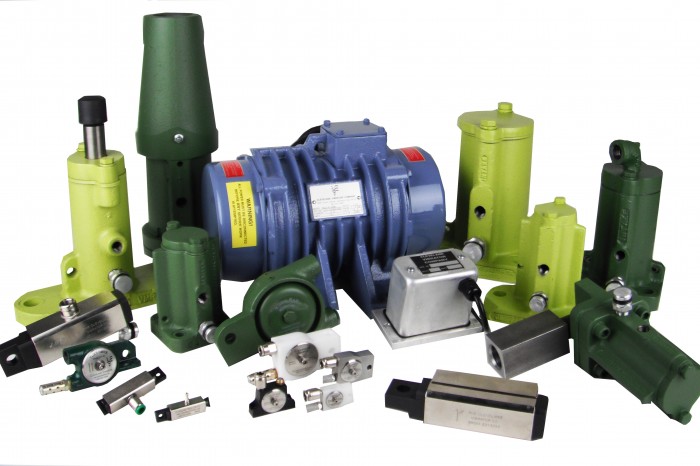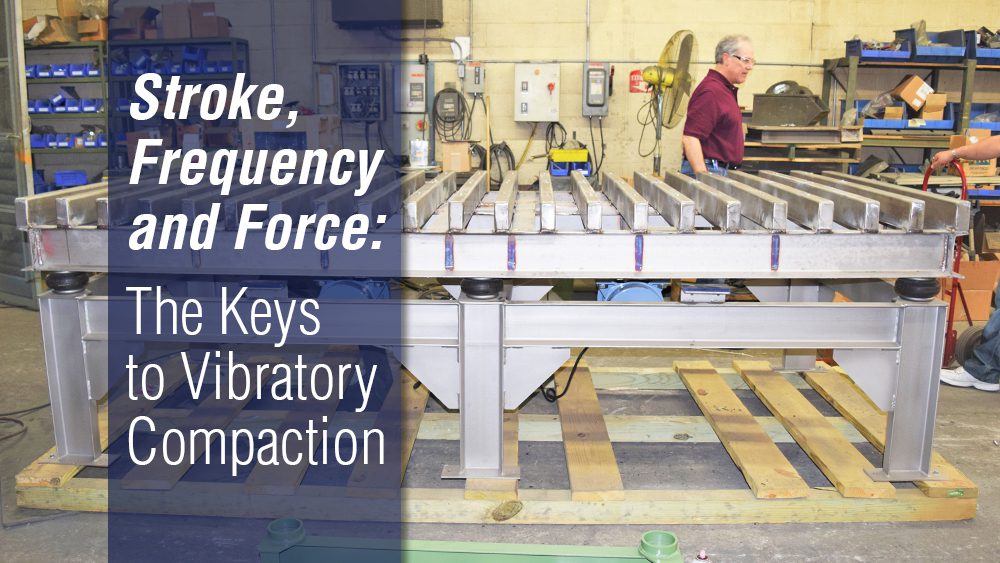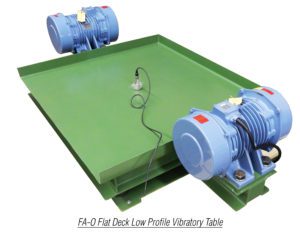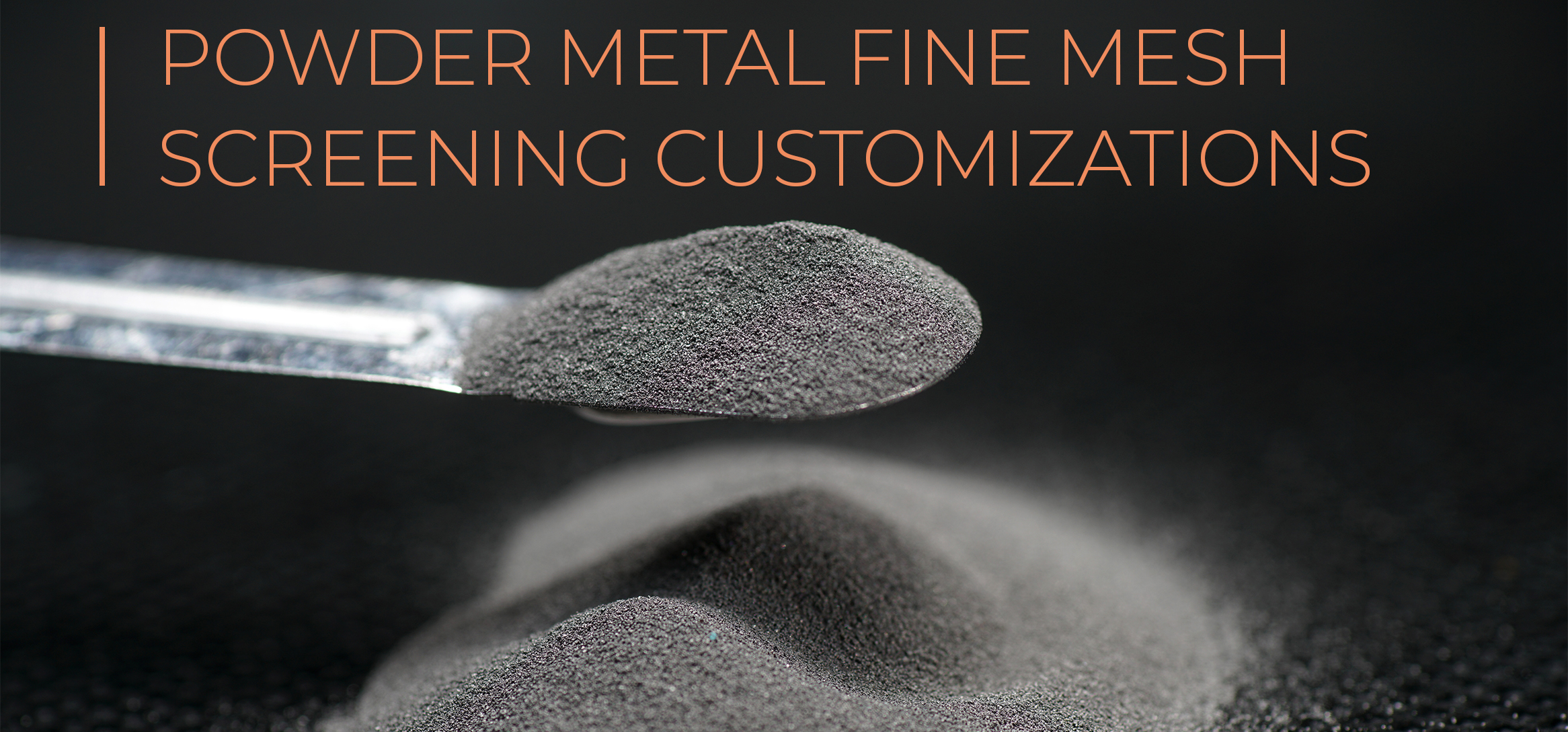What Is Fabricated Equipment Design Flexibility?
By CVC Team
Typically flexibility is a good thing, both in business and athletics as well as life in general. For Cleveland Vibrator, flexibility often means having a number of choices available to solve a bulk material problem. Our line of pneumatic vibrators ranges from the small VM-25 piston vibrator to the huge 1900 single impact unit and about everything in between to include ball vibrators, turbine vibrators, air cushion piston vibrators with friction reducing coatings for long life, to a complete line of pneumatic foundry vibrators. If the best solution involves electric vibrators, Cleveland Vibrator has wide range of rotary electric vibrators available with operating frequencies between 900 and 3600 rpms with force outputs from 30 to over 40,000 lbf! That’s some flexibility for sure.
What is fabricated equipment design flexibility?
Designing Fabricated Vibratory Equipment that is built-to-spec requires a large amount of unique options best suited to fit the application and process requirements. Design flexibility is key for a successful install of vibratory equipment into an existent process. Read More…
Share this blog post:


